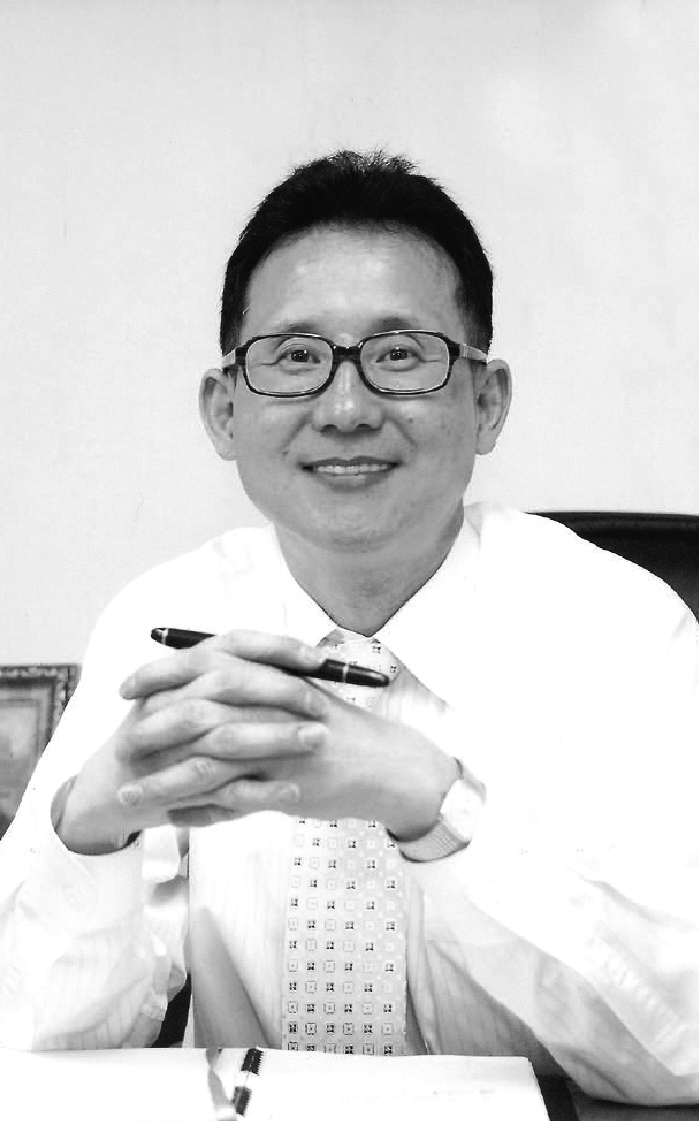Celebrating the 55th Anniversary of SPACE Through Two Topics of Discussion
SPACE is marking its 55th anniversary. It has lived through a period of constant change, but I take pride in the transformation that has taken place over the past five years, which patently expresses the ways in which we are pursuing bold new directions to those of the previous 50 years.
Planned and completed in 2016 to commemorate the 50th anniversary of the magazine’s first issue, we undertook a complete reorganisation of VMSPACE, the website of SPACE, and established a digital archive of all of the issues published over the last 50 years. This allows everyone access to the content of SPACE at any given moment, whenever and anywhere in the world. It was a tremendous stride forward for SPACE, the premier art and architecture magazine in Korea, in which it made new forays into the digital realm.
We are now on the brink of evolving into the multiverse. Whereas the architecture of the past set the stage for its practice within a the bounds of the earth, it now expands into a vast space known as the universe and into numerous layers of virtual reality known as the metaverse. This is the era of multi-dimensions and multi-spaces.
In this era, SPACE is committed to more constructive approaches to the digital world.
Aside from digitisation and mobilisation, there is another crucial topic that influences Korean society: aging. In the ensuing decades, our approach to aging will continue to flow down a slope at an ever-increasing momentum without any clear solutions. While society appears to be aging at an ever greater pace, SPACE continues to boast of its status as the oldest art and architecture magazine in Korea, with its age as a marker of prestige.
At this point in our history, we would like to clarify what we intend to preserve and abandon, maintain and share, and how we plan to contend with the potential for indolence conferred by the security of such prestige. We want to step onto our cold streets and reach out to our insecure but passionate youth. From now on, SPACE will put more energy into approaching young architects and artists. Expertise gained through years of experience is priceless in itself, but it is difficult to foster new cultural endeavours unless young blood is transfused.
With our new digital world taking shape at an astonishing speed, I want to celebrate the 55th anniversary of the first issue with renewed hope for SPACE as it leaps forward with young architects and artists.
Publisher & Editor Hwang Yongchul





